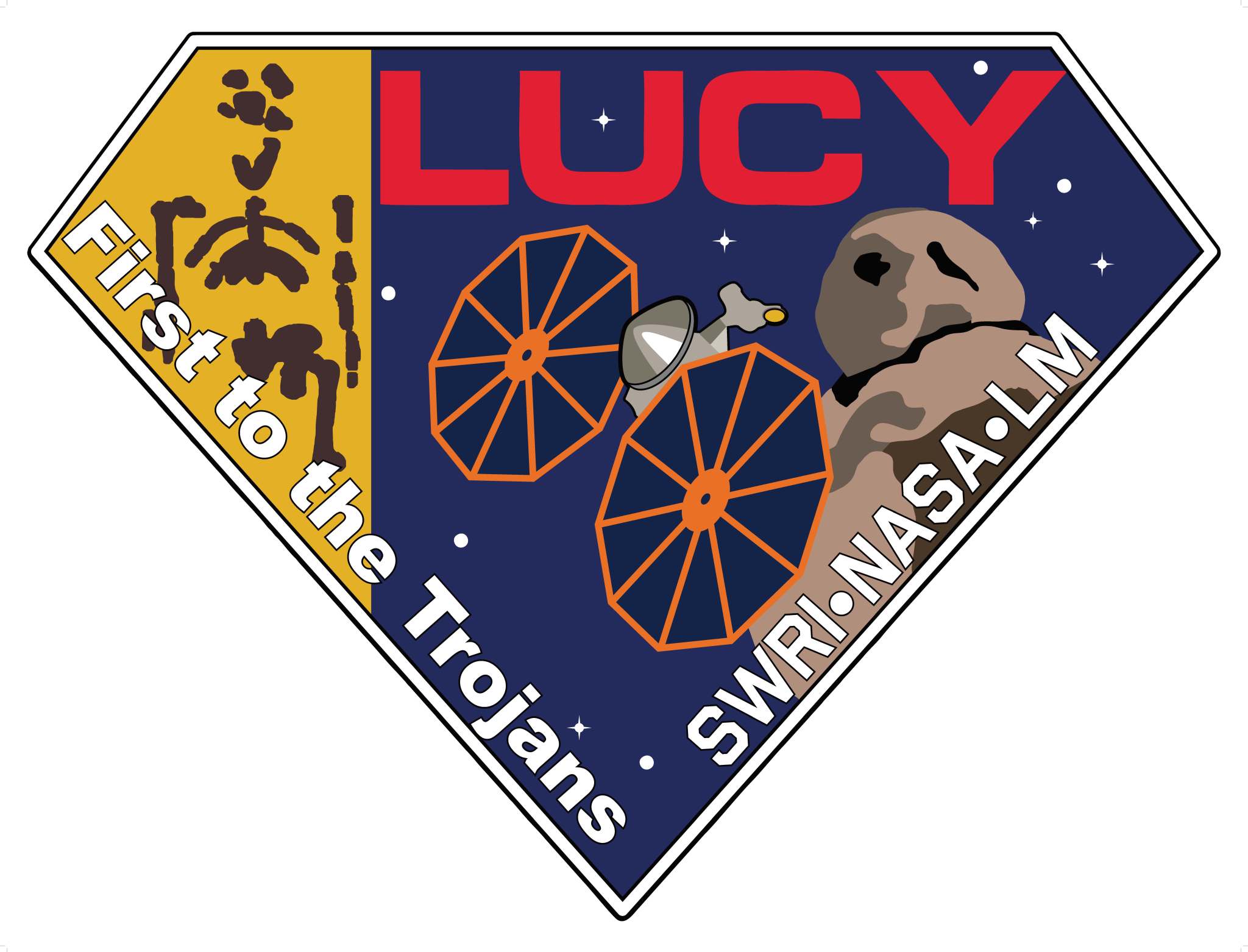Media are invited to view the Lucy spacecraft Wednesday, Sept. 29, at 1 p.m. EDT at the Astrotech Space Operations payload processing facility in Titusville, Florida. Media will have an opportunity to photograph Lucy, the first spacecraft to study the Trojan asteroids, and interview project and program officials.
Media interested in attending this event must apply by 4 p.m. Monday, Sept. 20, and submit their request online at https://media.ksc.nasa.gov.
Lucy is scheduled to launch no earlier than Saturday, Oct. 16, on a United Launch Alliance Atlas V 401 rocket from Space Launch Complex-41 at Cape Canaveral Space Force Station in Florida.
Due to stringent spacecraft cleanliness requirements, no more than 20 individuals will be allowed to participate, and no more than two per media organization. This event is open only to U.S. citizens who possess a government-issued photo identification, such as a driver’s license, and proof of U.S. citizenship, such as a passport or birth certificate.
For questions about accreditation, please email ksc-media-accreditat@mail.nasa.gov.
Please read the following instructions carefully, as failure to do so may result in being denied access to the clean room.
Procedures for optically sensitive spacecraft must be followed by individuals entering the clean room where the spacecraft is being prepared for launch. Long pants and closed-toe shoes must be worn. No tank tops, shorts or skirts will be permitted. Clean room guidelines must be followed:
- Disposable hair bouffant for long hair, beard cover (as needed)
- Disposable booties over shoes
- Full clean room garments (suit, boots, gloves, snood)
- Gloves taped
- COVID mask is not required with a snood but can be used. Surgical mask only. NO CLOTH.
- Please do not wear perfume, cologne, hair spray or makeup. Those wearing makeup will be required to remove it prior to entry.
- All piercings and/or rings must be covered by clean room garments. Anyone with an exposed piercing will not be allowed in the clean room.
Photographers will need to clean camera equipment under the supervision or assistance of contamination-control specialists. All camera equipment must be self-contained. Nonessential equipment, such as suede, leather, or vinyl camera bags, carrying cases, camera straps, or accessories with Velcro must be left outside the clean room. No notebook paper, pencils or click-type ballpoint pens are permitted; clean-room paper and non-retractable ballpoint pens will be provided.
Use of wireless microphones and cell phones will be permitted if not contained in external cases or holding devices, and all electronic devices must be in airplane mode. Electronic flash will NOT be permitted. The lighting in the bay is white LED for pictures. No food, chewing gum, tobacco, lighters, matches or pocketknives will be allowed and should not be brought to the Astrotech clean room.
COVID Guidelines for Astrotech
The following COVID protocols must be followed while at Astrotech:
- Physical Distancing: Wherever possible, all individuals are to maintain a minimum of six feet distance from other individuals when indoors, regardless of vaccination status.
- Conference room occupancy will be limited to accommodate physical distancing.
- All personnel must wear a mask or face covering over their nose and mouth when indoors regardless of vaccination status. Face coverings or masks must be worn when in:
- Hallways
- Breakrooms and restrooms
- Conference and meeting rooms
- Anytime personnel are in a common area/space where others are present or will be expected to pass by.
- Masks or facial coverings must be worn at all times while indoors, however, they can be temporarily removed in certain situations, such as:
- Being alone in an office or closed working space
- Eating/Drinking (unvaccinated individuals should maintain at least six feet of physical separation from others)
About Lucy
Over its 12-year primary mission, Lucy will explore a record-breaking number of asteroids, flying by one asteroid in the solar system’s main belt and seven Trojan asteroids. Additionally, Lucy’s path will circle back to Earth three times for gravity assists, making it the first spacecraft ever to return to the vicinity of Earth from the outer solar system.
The Lucy mission is named after the fossilized skeleton of an early hominin (pre-human ancestor) discovered in Ethiopia in 1974 and named “Lucy” by the team of paleoanthropologists who discovered it. Just as the Lucy fossil provided unique insights into humanity’s evolution, the Lucy mission promises to revolutionize our knowledge of planetary origins and the formation of the solar system, including Earth.
For more information about Lucy, visit:
Para obtener información sobre cobertura en español en el Centro Espacial Kennedy o si desea solicitar entrevistas en español, comuníquese con Antonia Jaramillo 321-501-8425.
-end-
Greg Harland / Mary MacLaughlin
Kennedy Space Center, Fla.
321-867-2468
gregory.b.harland@nasa.gov / mary.maclaughlin@nasa.gov




























